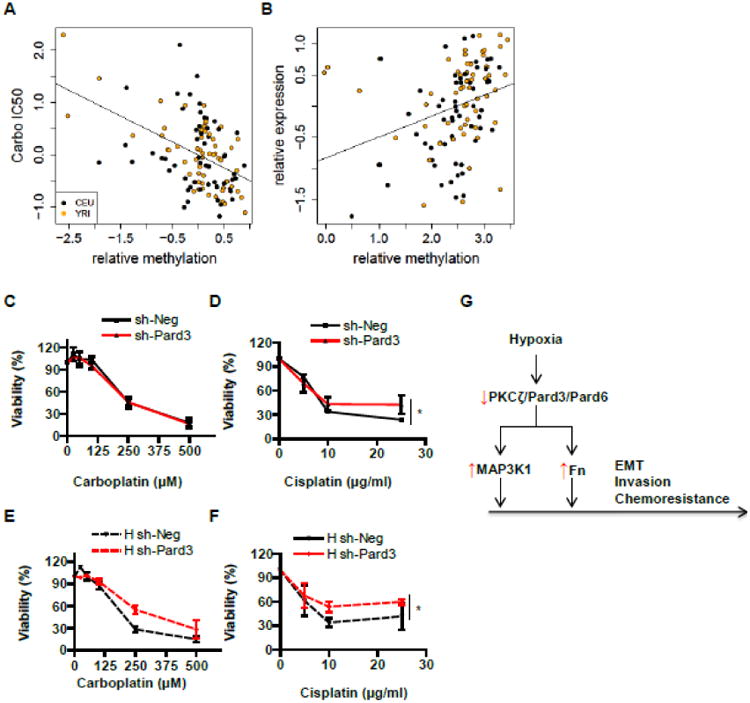Fig 6. Suppression of Pard3 increases NSCLC chemoresistance.

A-B) We analyzed 5-methylcytosine modifications and gene expression in HapMap LCLs, derived from 73 unrelated African (YRI - Yoruba people from Ibadan, Nigeria) and 60 European individuals (CEU-Caucasian residents from Utah, US). Relationships between cytosine modification and cytotoxicity to carboplatin (carbo IC50) (A) as well as between cytosine modification and gene expression (B) are shown. C-F) We cultured A549-sh-Neg and A549-sh-Pard3 in the presence of carboplatin (C, E) or cisplatin (D, F) in normal and hypoxic conditions and measured the viability of these cells. Data were expressed as mean ± SEM. n = 3; *, p < 0.05; **, p < 0.01. G) A schematic diagram on the role of PKCζ/Pard3/Pard6 on lung cancer cell EMT, invasion, and chemoresistance.
